
How to Use parts/Adafruit HUSB238 USB-C PD Breakout: Examples, Pinouts, and Specs
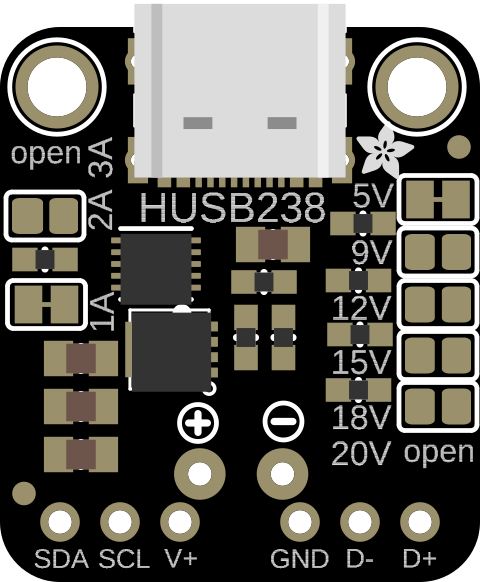
 Design with parts/Adafruit HUSB238 USB-C PD Breakout in Cirkit Designer
Design with parts/Adafruit HUSB238 USB-C PD Breakout in Cirkit DesignerIntroduction
The Adafruit HUSB238 USB-C PD Breakout is a versatile and powerful component designed to simplify the integration of USB-C Power Delivery (PD) into your electronic projects. This breakout board allows devices to negotiate and draw different power levels from USB-C power sources, making it ideal for a wide range of applications, from powering microcontrollers to charging batteries.
Explore Projects Built with parts/Adafruit HUSB238 USB-C PD Breakout
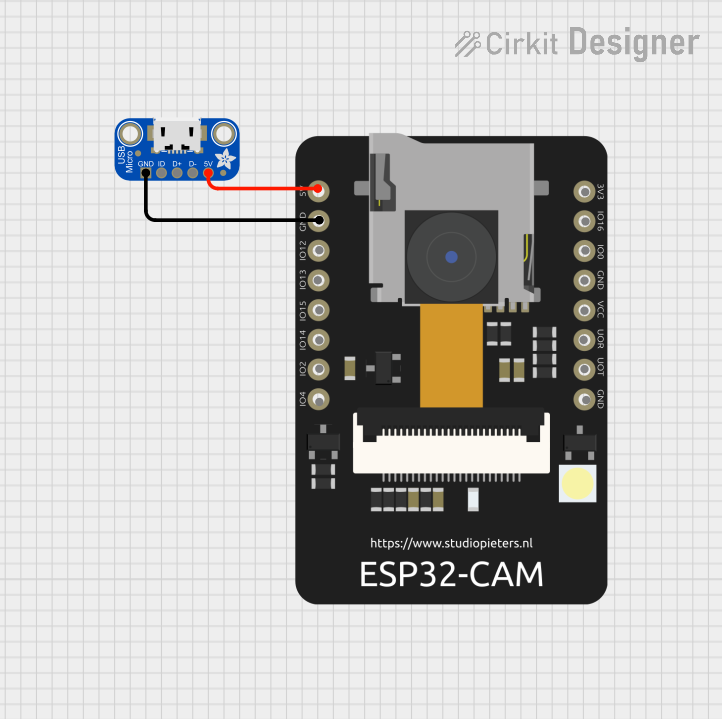
 Open Project in Cirkit Designer
Open Project in Cirkit Designer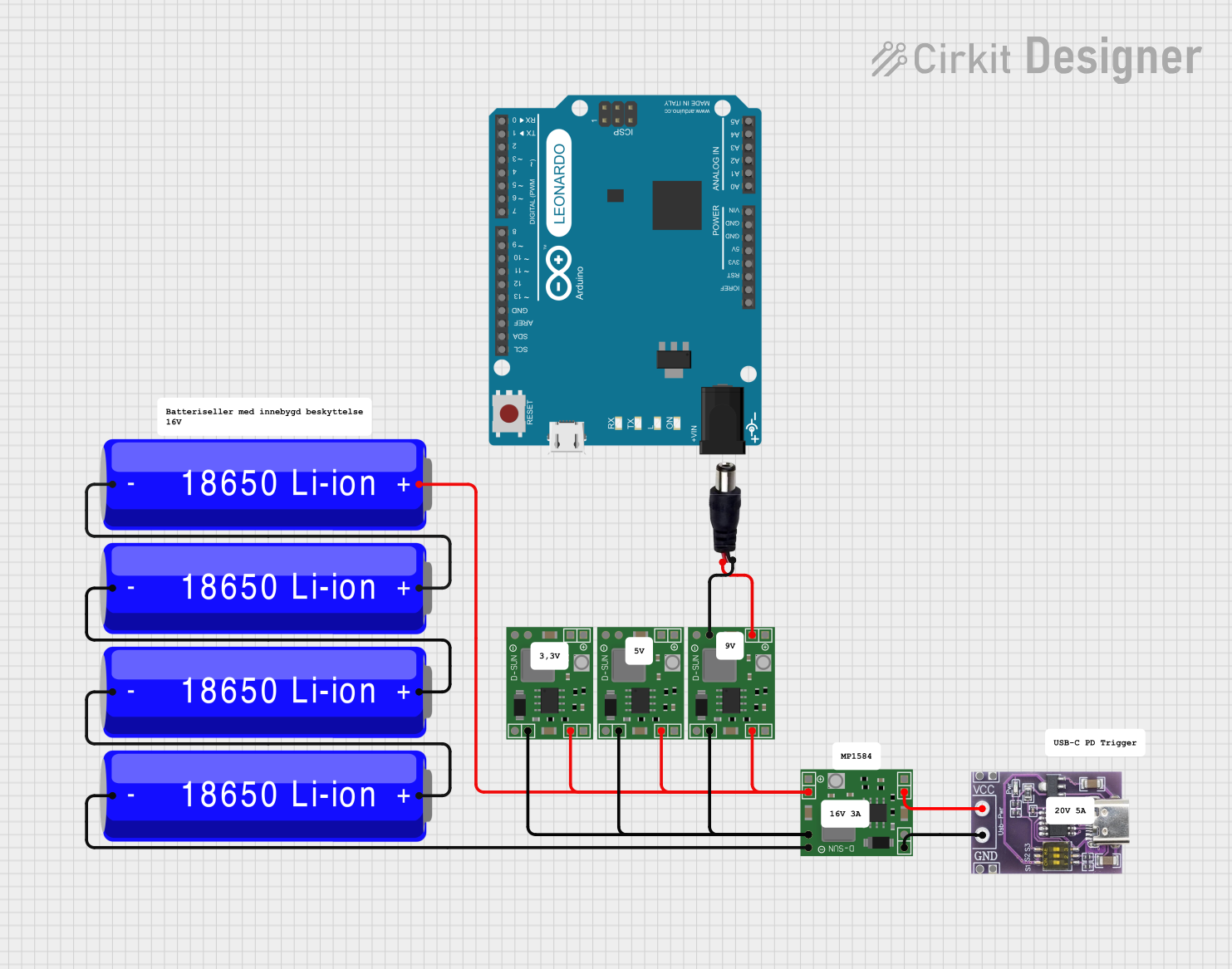
 Open Project in Cirkit Designer
Open Project in Cirkit Designer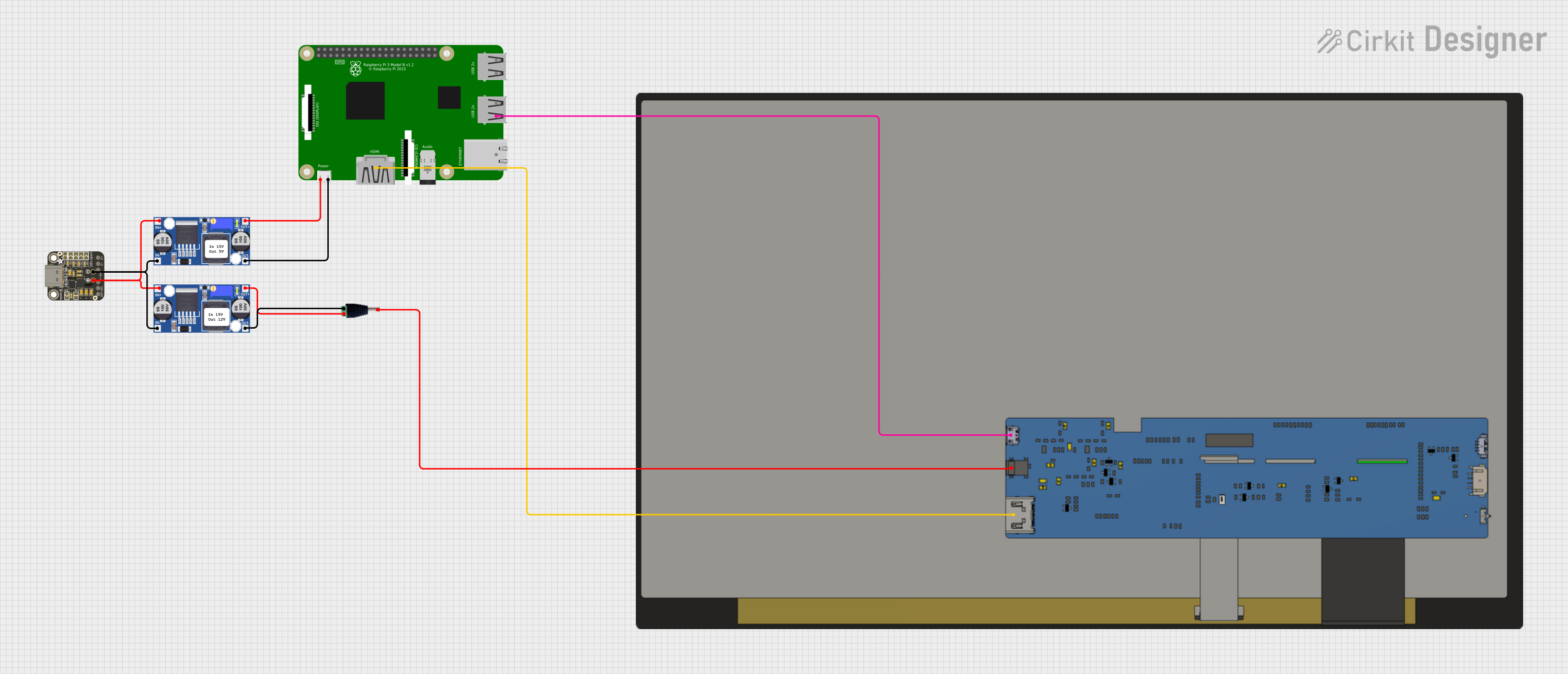
 Open Project in Cirkit Designer
Open Project in Cirkit Designer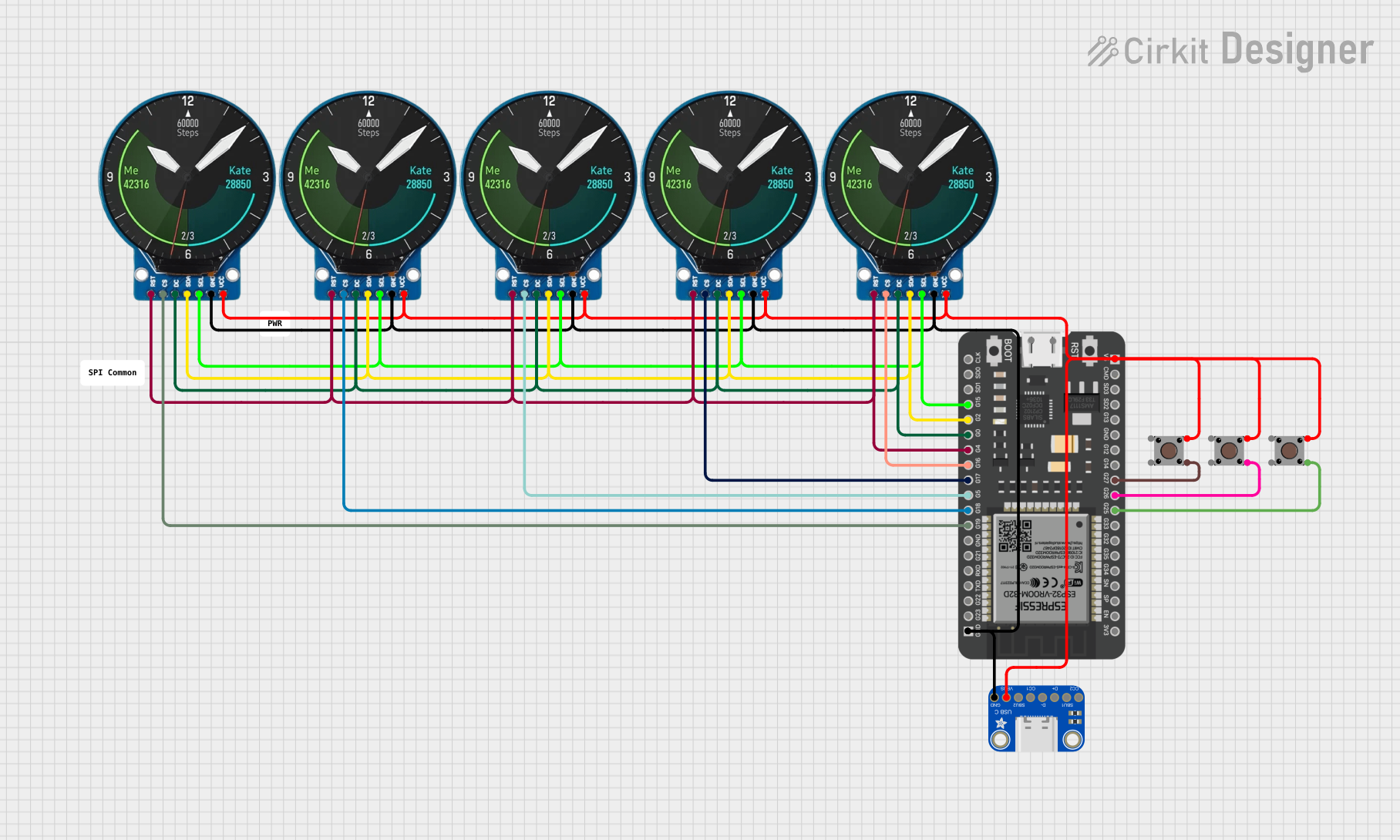
 Open Project in Cirkit Designer
Open Project in Cirkit DesignerExplore Projects Built with parts/Adafruit HUSB238 USB-C PD Breakout

 Open Project in Cirkit Designer
Open Project in Cirkit Designer
 Open Project in Cirkit Designer
Open Project in Cirkit Designer
 Open Project in Cirkit Designer
Open Project in Cirkit Designer
 Open Project in Cirkit Designer
Open Project in Cirkit DesignerCommon Applications and Use Cases
- Microcontroller Projects: Power your Arduino, Raspberry Pi, or other microcontroller projects with a reliable USB-C power source.
- Battery Charging: Use the breakout board to charge LiPo or other rechargeable batteries with USB-C PD.
- Portable Devices: Integrate USB-C PD into portable devices to ensure they can be powered or charged from modern USB-C chargers.
- Prototyping: Ideal for prototyping and testing USB-C PD capabilities in new designs.
Technical Specifications
Key Technical Details
| Parameter | Value |
|---|---|
| Input Voltage | 5V to 20V (via USB-C) |
| Output Voltage | Configurable (5V, 9V, 12V, 15V, 20V) |
| Maximum Current | Up to 5A (depending on the power source) |
| Communication | I2C |
| Dimensions | 25mm x 20mm x 3mm |
Pin Configuration and Descriptions
| Pin Name | Description |
|---|---|
| VIN | Input voltage from USB-C source |
| GND | Ground |
| SCL | I2C clock line |
| SDA | I2C data line |
| VOUT | Output voltage (negotiated via USB-C PD) |
| INT | Interrupt pin (indicates power negotiation status) |
| EN | Enable pin (active high, enables the output voltage) |
Usage Instructions
How to Use the Component in a Circuit
Power Connection:
- Connect the VIN pin to the USB-C power source.
- Connect the GND pin to the ground of your circuit.
I2C Communication:
- Connect the SCL pin to the I2C clock line of your microcontroller.
- Connect the SDA pin to the I2C data line of your microcontroller.
Output Voltage:
- Connect the VOUT pin to the load that requires the negotiated voltage.
- Use the EN pin to enable or disable the output voltage.
Interrupt Handling:
- Connect the INT pin to a digital input on your microcontroller to monitor the power negotiation status.
Important Considerations and Best Practices
- Voltage Selection: Ensure that the connected load can handle the negotiated voltage. Use appropriate voltage regulators if necessary.
- Current Handling: Verify that the USB-C power source can supply the required current for your application.
- I2C Address: The default I2C address for the HUSB238 is 0x08. Ensure this does not conflict with other I2C devices on the bus.
- Heat Dissipation: For high-power applications, ensure adequate cooling to prevent overheating.
Example Code for Arduino UNO
Below is an example code to interface the Adafruit HUSB238 USB-C PD Breakout with an Arduino UNO using the I2C protocol.
#include <Wire.h>
#define HUSB238_I2C_ADDRESS 0x08 // Default I2C address for HUSB238
void setup() {
Serial.begin(9600);
Wire.begin(); // Initialize I2C communication
// Request 9V from the USB-C PD source
Wire.beginTransmission(HUSB238_I2C_ADDRESS);
Wire.write(0x01); // Command to request voltage
Wire.write(0x02); // 0x02 corresponds to 9V
Wire.endTransmission();
// Enable the output voltage
pinMode(7, OUTPUT); // Assuming EN pin is connected to digital pin 7
digitalWrite(7, HIGH);
}
void loop() {
// Monitor the interrupt pin for power negotiation status
int intPin = digitalRead(2); // Assuming INT pin is connected to digital pin 2
if (intPin == HIGH) {
Serial.println("Power negotiation successful.");
} else {
Serial.println("Power negotiation failed.");
}
delay(1000); // Wait for 1 second before checking again
}
Troubleshooting and FAQs
Common Issues Users Might Face
No Output Voltage:
- Solution: Ensure the EN pin is set high to enable the output voltage. Verify the power source is connected and capable of supplying the requested voltage and current.
I2C Communication Failure:
- Solution: Check the I2C connections (SCL and SDA). Ensure the correct I2C address (0x08) is used. Verify there are no address conflicts with other I2C devices.
Overheating:
- Solution: Ensure adequate cooling and ventilation. Use a heat sink if necessary for high-power applications.
Solutions and Tips for Troubleshooting
- Check Connections: Verify all connections are secure and correctly wired.
- Power Source: Ensure the USB-C power source is functioning and capable of delivering the required power.
- Code Debugging: Use Serial.print statements to debug and monitor the status of I2C communication and power negotiation.
By following this documentation, users can effectively integrate the Adafruit HUSB238 USB-C PD Breakout into their projects, leveraging the power and flexibility of USB-C Power Delivery.